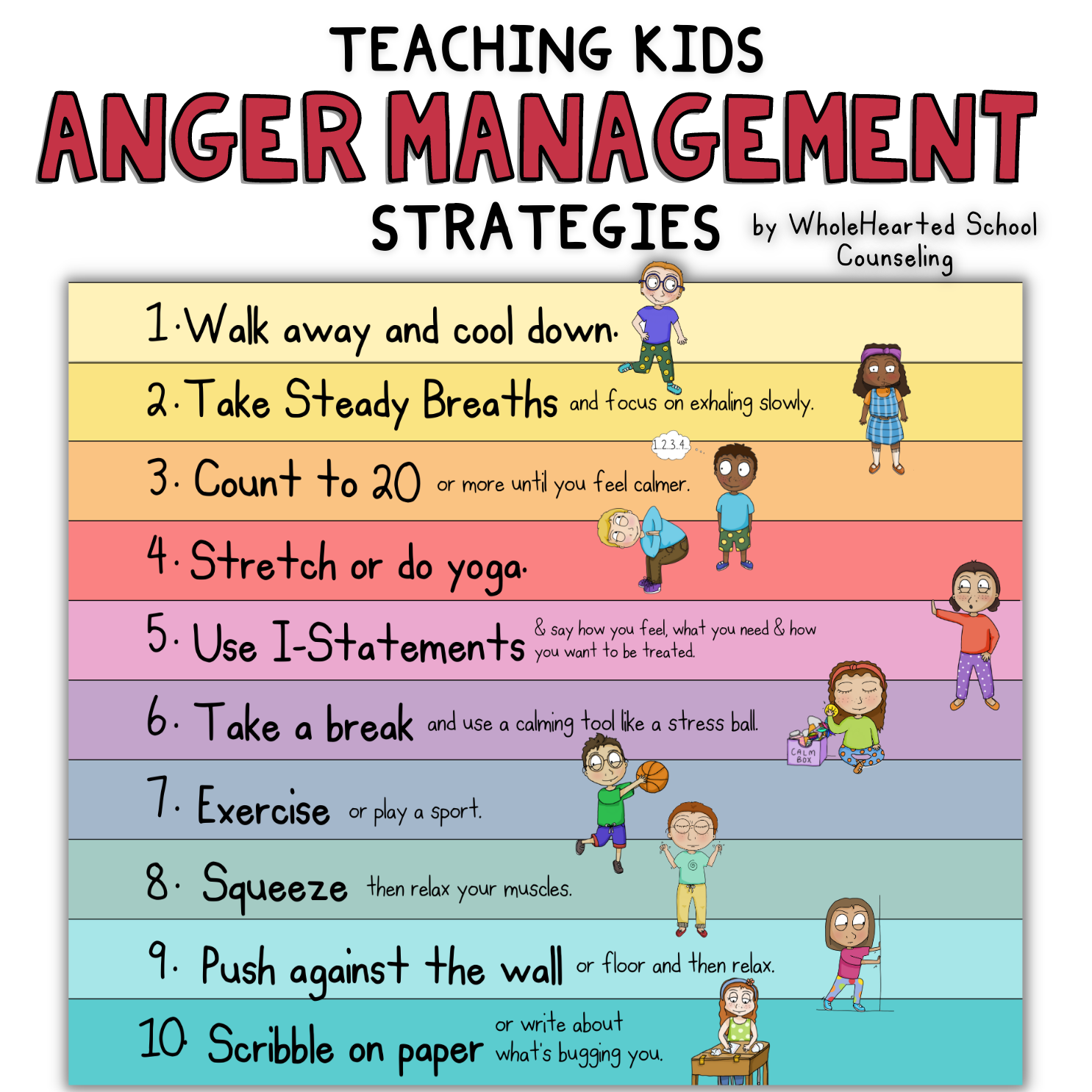
MANAGING ANGER IS TRICKY FOR ALL AGES
Managing anger can be pretty challenging, right? I mean most of us adults have a hard enough time relating to anger in helpful ways, even though we’ve had years of experience trying to get better at regulating feelings. Plus, as adults we have the biology of a fully developed pre-frontal cortex to back us up to help mitigate strong, big, and overwhelming emotions. So imagine how trickier it is for children, who are newish to the world and just starting to figure this stuff out. Not only do they have way less of experience as adults, but the part of the brain that helps with making thoughtful decisions is still developing. That’s why it’s crucial to teach anger management strategies for kids early on.
The earlier children begin to identify and label their anger, understand how it physically manifests in their bodies, and practice techniques to calm themselves down in order to make more helpful choices, the sooner in their lives they can learn the valuable lessons that anger can teach.
Some Underlying Themes To Touch On When Talking to Kids About Anger
Regardless of HOW I used to talk to kids about anger (which I’ll get into later in this post), there were always some foundational ideas I tried to cover. These guideposts (and some of the things I liked to say) were:
1. Anger is a Normal Feeling
It’s okay to get angry. In fact, it’s pretty much expected. Everyone gets angry from time to time. In other words, there’s nothing wrong with you if you get angry. You’re a human being and human beings get angry. That’s just part of being human.
Grandmas and grandpas get angry. Moms and dads get angry. Uncles and aunts get angry. Cousins get angry. Teachers and school counselors and principals and coaches get angry.
In fact, I might even worry a little if you NEVER felt anger…could even wonder if you were really a human….
(Ok, sort of overkill here, but that’s how strongly I feel about the importance of normalizing what our society has often deemed a “bad” emotion to experience.)
2. Anger Gives You Information
Anger is like a visitor that stops by to deliver important information. It might be telling you:
- what you don’t like
- how you don’t want to be treated
- that your boundaries have been violated
- that something unfair or unjust has happened
- to protect yourself from a perceived threat to your safety or well being
- to change a situation and or work towards something more positive
- to address a conflict
- that you might actually have other underlying feelings and needs…anger is often a secondary emotion. (Tried to convey this idea in this free anger poster that you’re welcome to download if you’d like. Just click here.)
3. Anger Gives You Clues
Anger lets you know when it’s visiting you by giving you different clues in your body and/or thoughts in your mind. Some of these clues include
- body feels hot or explosive
- urge to yell or punch
- chest feels tight, could be hard to breathe
- tense muscles
- hands in fists
- burrowed eye brows
- clenched jaws
- hard to think
4. How to Express and Manage Anger
Since anger brings with it uncomfortable physical sensations, it’s pretty common to have the impulse to try to let that discomfort out. Unfortunately, this might mean doing something that makes the situation worse either for yourself or someone else.
Learning to deal with your anger doesn’t mean you can’t get angry or express your anger. It just means learning strategies that will help you to make good choices with what do with the information that anger is delivering to you.
Which is why it’s so important to take care of anger by 1) simply noticing it 2) doing something to calm your body and mind and 3) then deciding what to do.
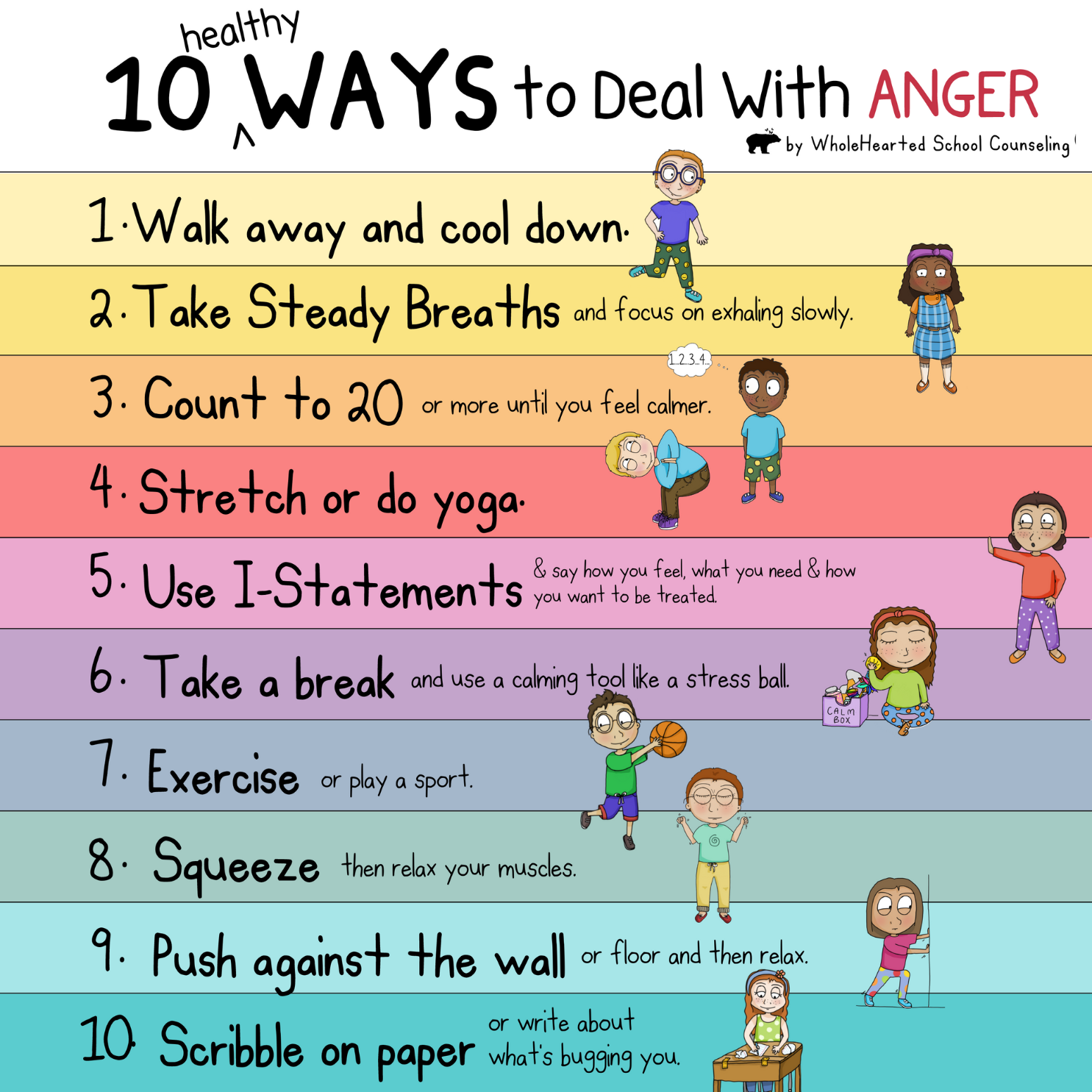
5. Specific Calming Strategies for Your Body and Mind
Some of the best ways kids can manage their anger are:
- Step away and take a break to change your focus
- Take slow deep breaths, zooming all your attention to your breathing
- Squeeze then relax your muscles
- Count to 20 (or 50 or 325 or more)
- Move, walk, run, dance, exercise or play a sport!
- Tell yourself to “chill out” or “take it easy”
- Stop and think before you speak
- Use humor (not sarcasm)
- Stand on 1 foot, then the other, for as long as you can
- Go outside and get some fresh air
- Push against the wall or floor and then relax
- Scribble on paper or write about what’s bugging you
- Do yoga or stretch
- Use I-Statements to say how you feel and what you want and/or hope for
- Squeeze then release your muscles
- Ask for help from a trusted adult
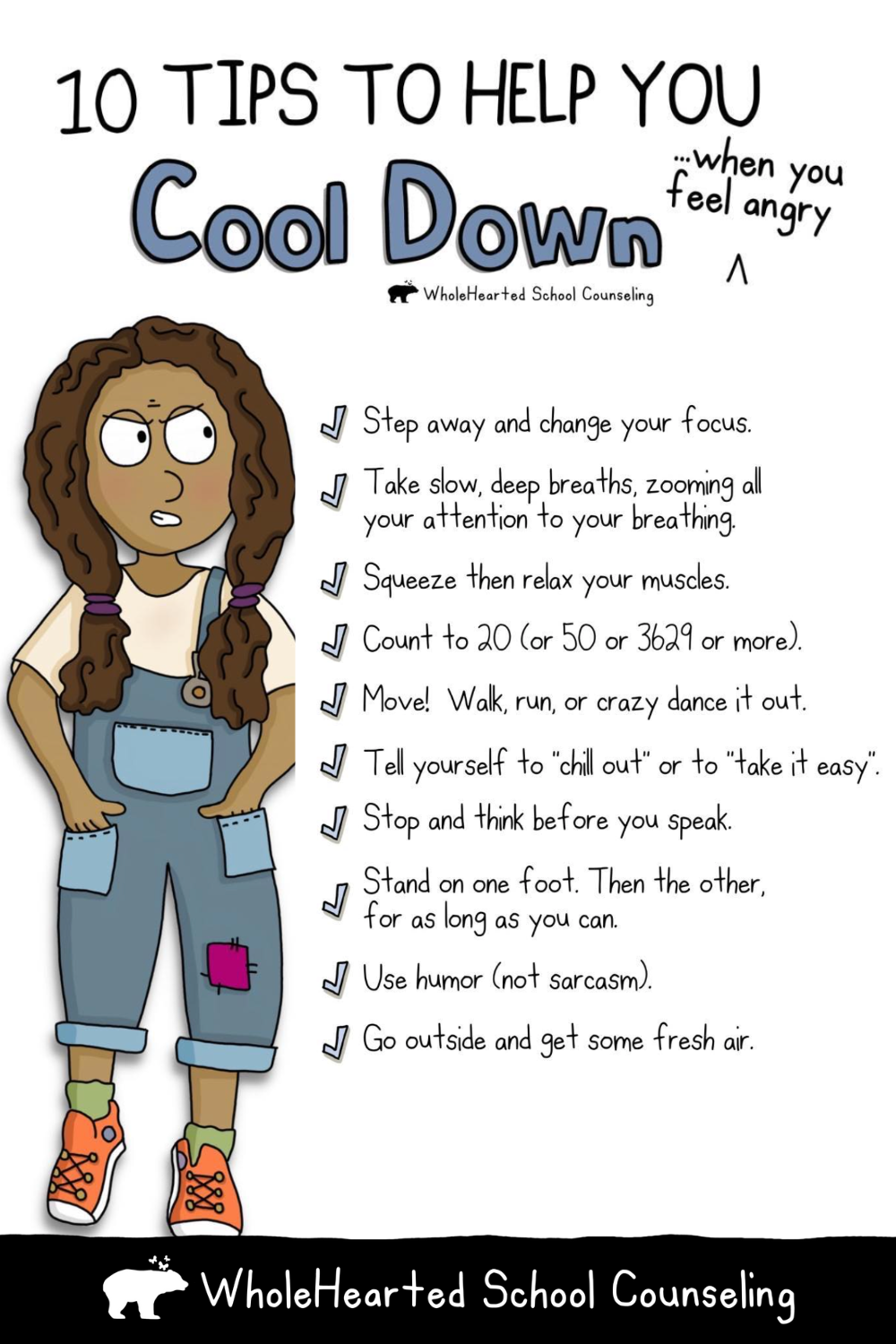
Ways to Teach Students About Anger
So now that we’ve gone over some of the basic guideposts or themes for teaching about anger management for kids, here are some different ways I liked to teach about these ideas.
When I worked in the schools, I made sure to always focus on teaching self-regulation and anger management strategies for kids within the first few classroom guidance lessons the school year.
I did this in part because I believe that in order to have compassionate relationships with others, we have to have peaceful relationships with and within ourselves, first.
And secondly, I found that one of the most common reasons teachers would make referrals for students to see me had to do with “anger issues.” So why not try to nip it in the bud by doing so preventative anger management lessons with kids right off the bat.
Some of my favorite teaching formats to teach anger management to my students included:
Reading Picture Books
Picture books can be a powerful tool in helping children understand and manage anger. Through relatable characters and engaging stories, picture books can teach kids how to recognize and regulate their feelings of anger. A few of my favorites to use included “When Sophie Gets Angry-Really, Really Angry” by Molly Bang, “Anh’s Anger” and “Steps and Stones” by Gail Silver and “The Angry Octopus: A Relaxation Story” by Lori Lite. These books are great because in addition to providing examples of how to identify anger they also talk about calming strategies, too.
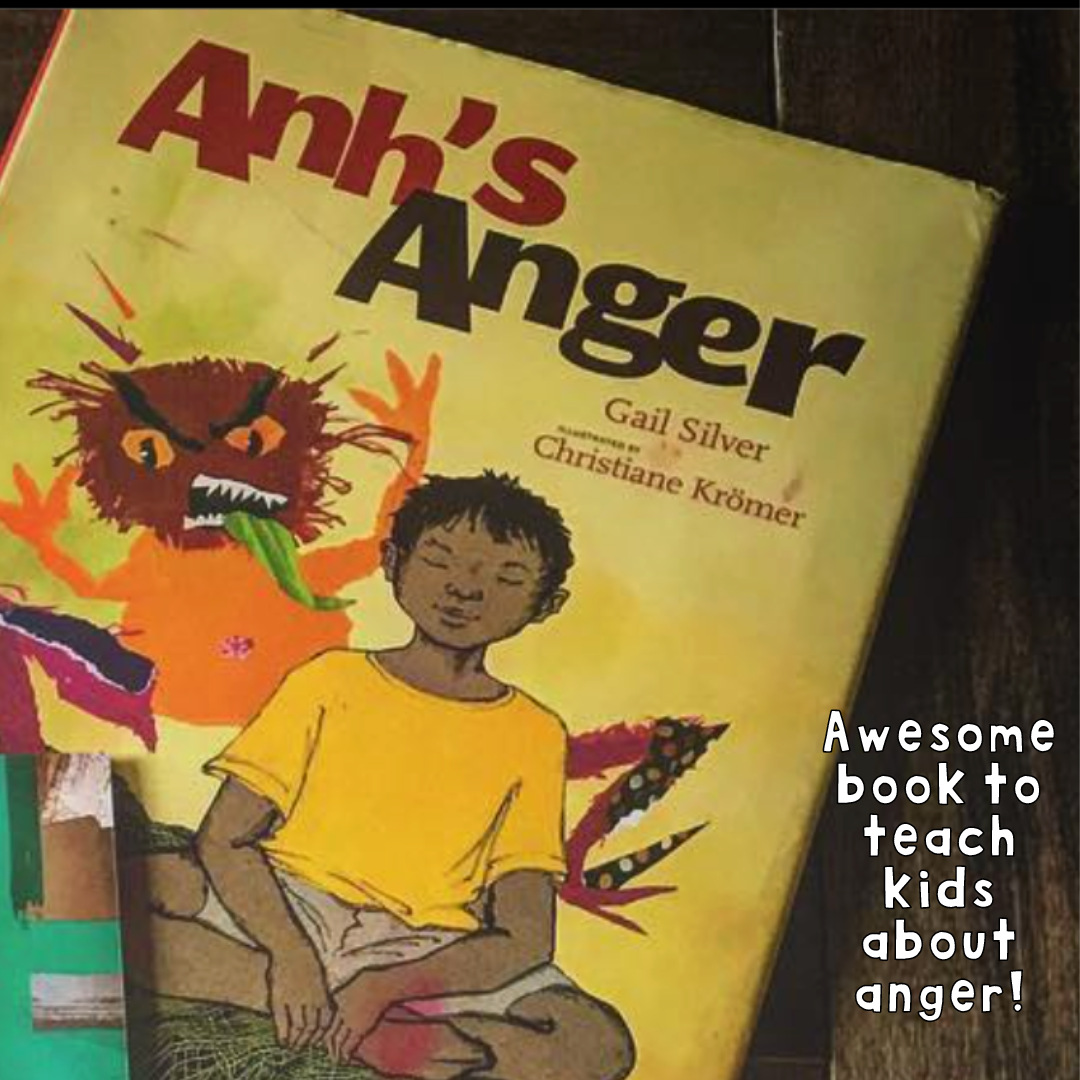
Role Play
Invite students to share different scenarios that might trigger them to feel angry, such as not being picked for a team or being excluded from a group activity. Then, have them practice (or act out) responding to the situation in helpful ways, including taking deep breaths before addressing the situation, using I-Statements to verbally express how they feel, and or jogging in place for 30 seconds before doing anything else.
(I included 5 different role play prompts in a classroom lesson called the Anger Management Game Show….which were always the students’ favorite types of challenges.)
Do Art
Creating and art-making are powerful tools for emotional expression. Provide children with crayons, markers, glitter glue, magazines, clay, etc. and encourage them to create a drawing, collage or painting that represents their anger. Afterward, ask them to describe their artwork and what it says about how they have experienced anger.
Play Games!
Break up your class into smaller groups and have then play anger-themed games! When kids are interacting and having fun, the “lessons” just stick better, right? My students always enjoyed playing the Anger Management Card Game (which has similar rules to Uno, so it made it easy to just play). Another favorite was to bring out the store bought games and let them play in conjunction with using the Make Your Own Counseling Game Anger Management questions.
Practice Breathing Exercises
Teaching deep breathing exercises is a great way to help students calm down when they feel angry or frustrated. You can create an entire lesson on different breathing techniques or sprinkle them in throughout the day (or week or month) as brain break transition activities.
You can use activities like blowing up balloons. Or breathing in and out with bubbles to help students practice deep breathing. Other fun breathing exercises for kids include Ocean Wave Breathing, Cocoa Breathing, and Roller Coaster Breathing, to name a few (you can learn more about these here.)
And try to always remember this: the point of teaching anger management strategies for kids is not about learning how NOT to be angry. Rather, it’s about learning how to deal with your anger in healthier and more helpful ways.
What are some of the strategies you use to teach kids about anger management? I’d love to hear your ideas!


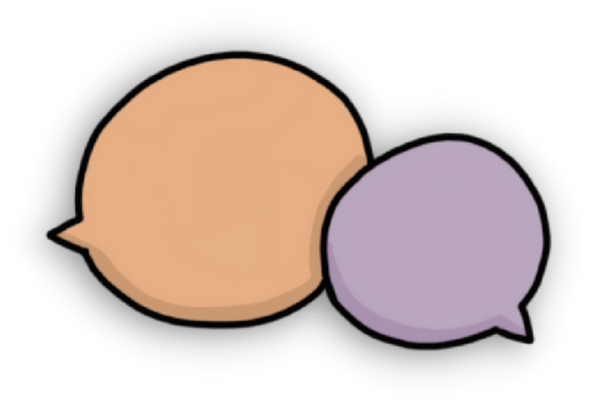

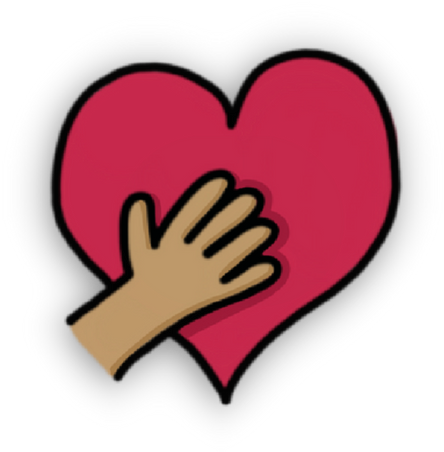
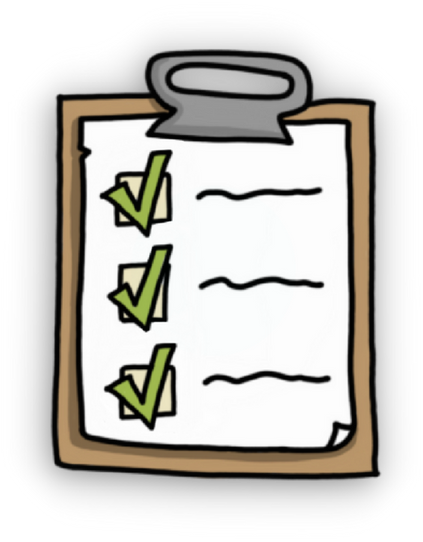

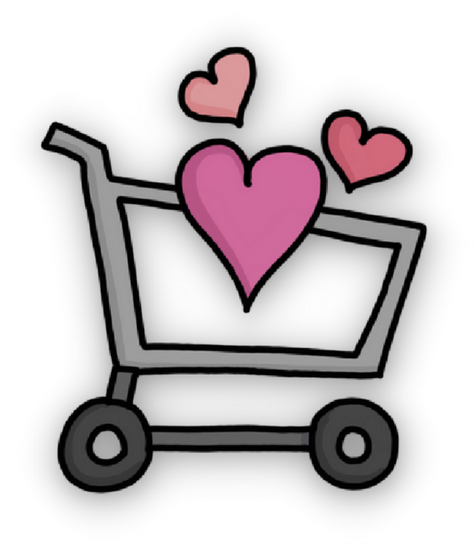

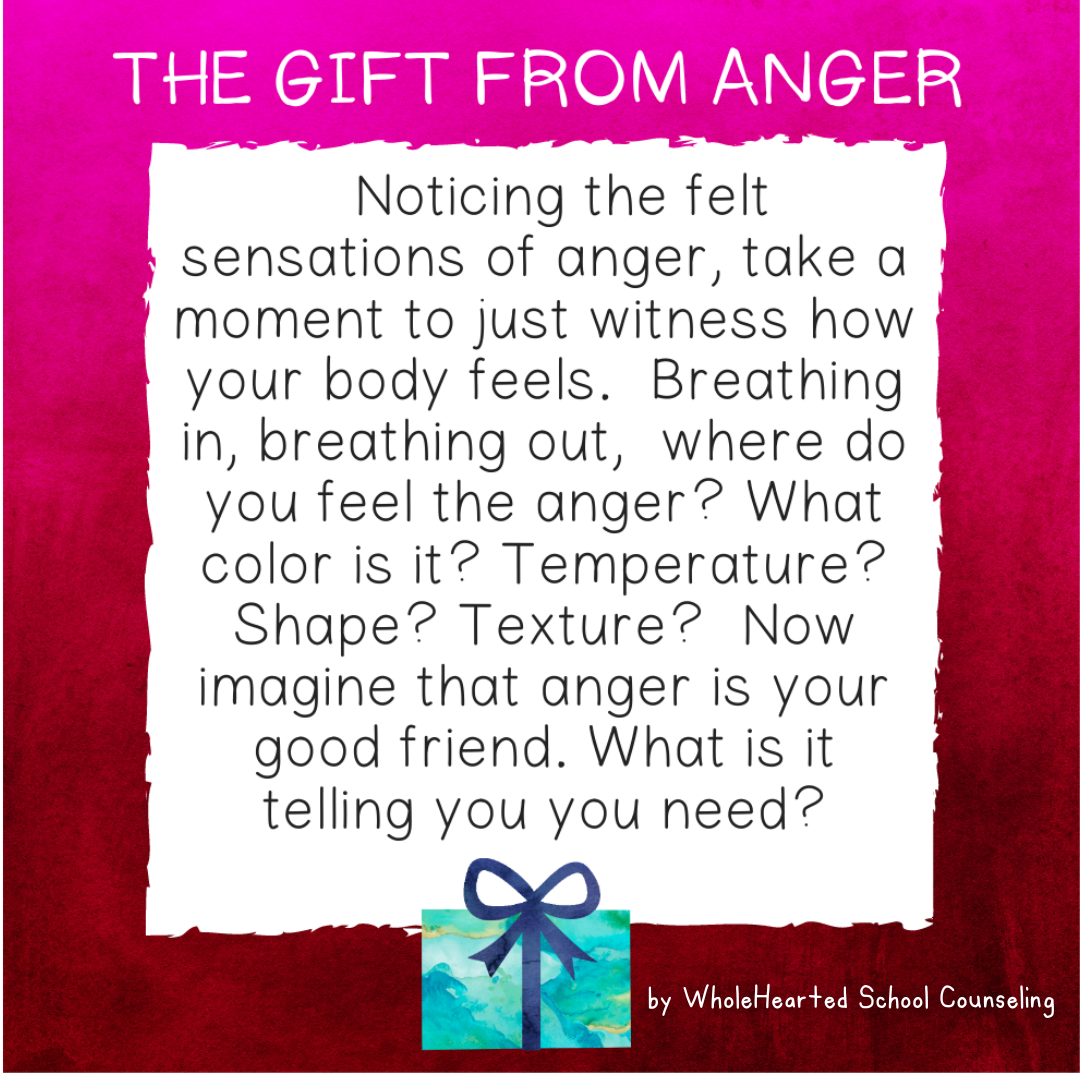
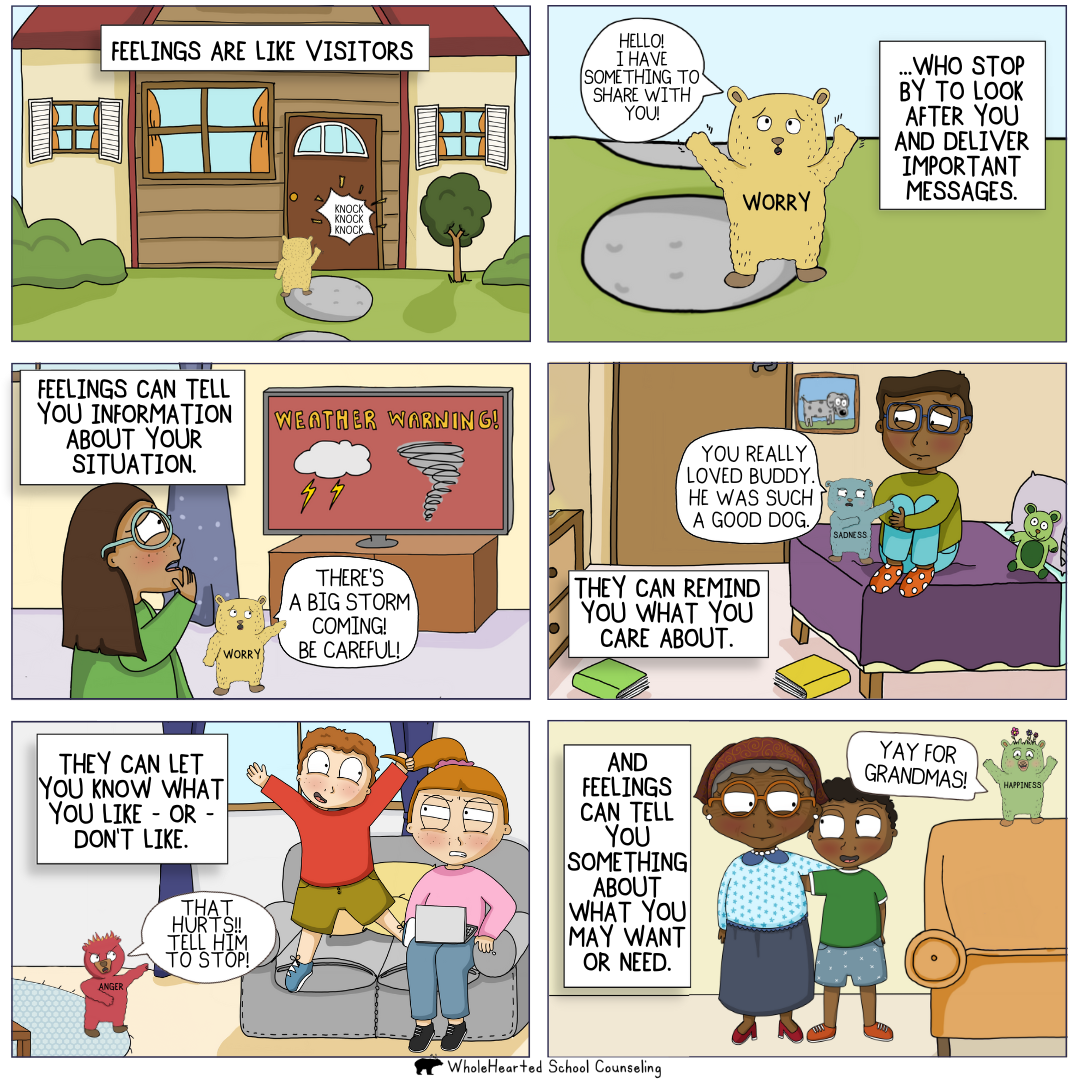
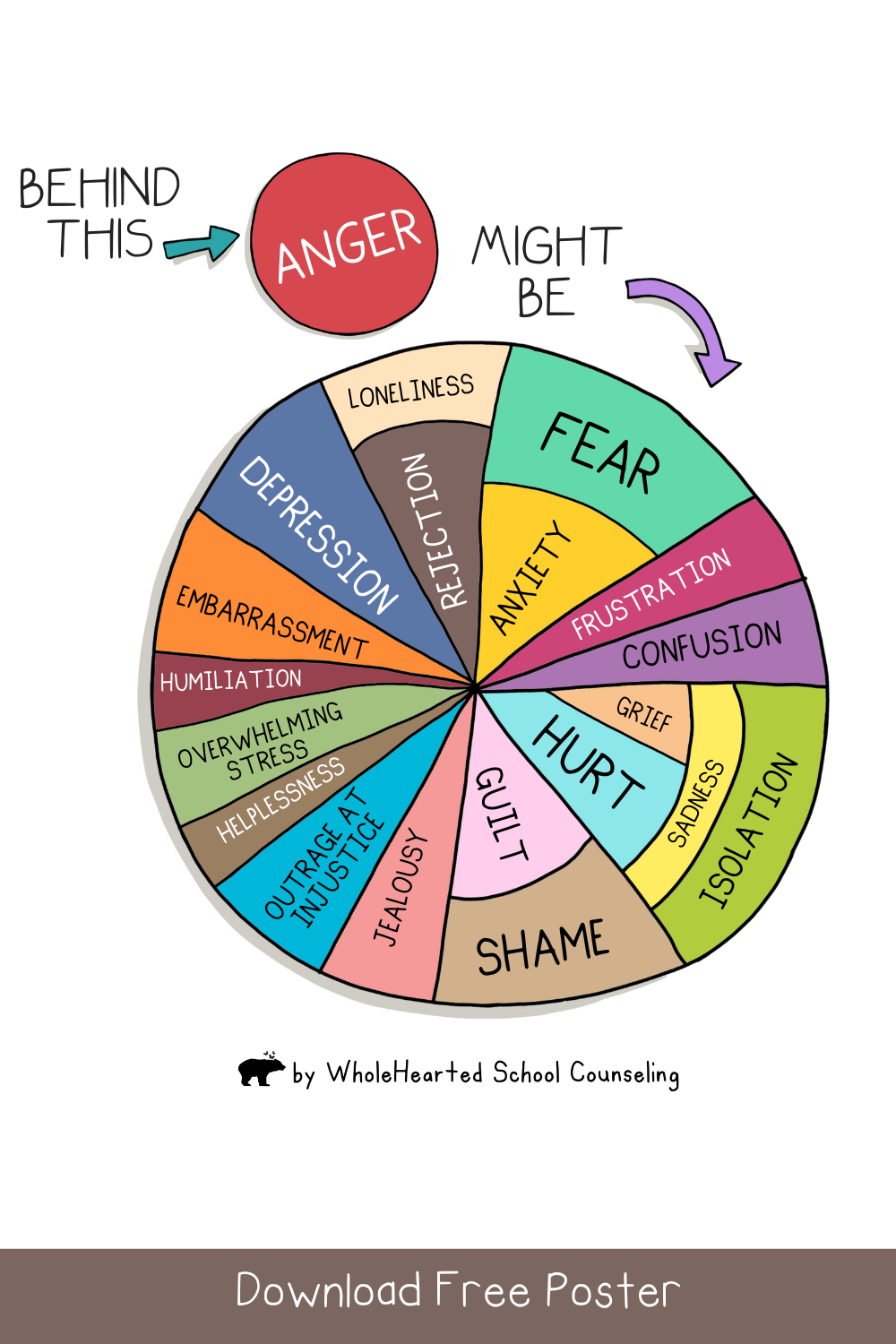
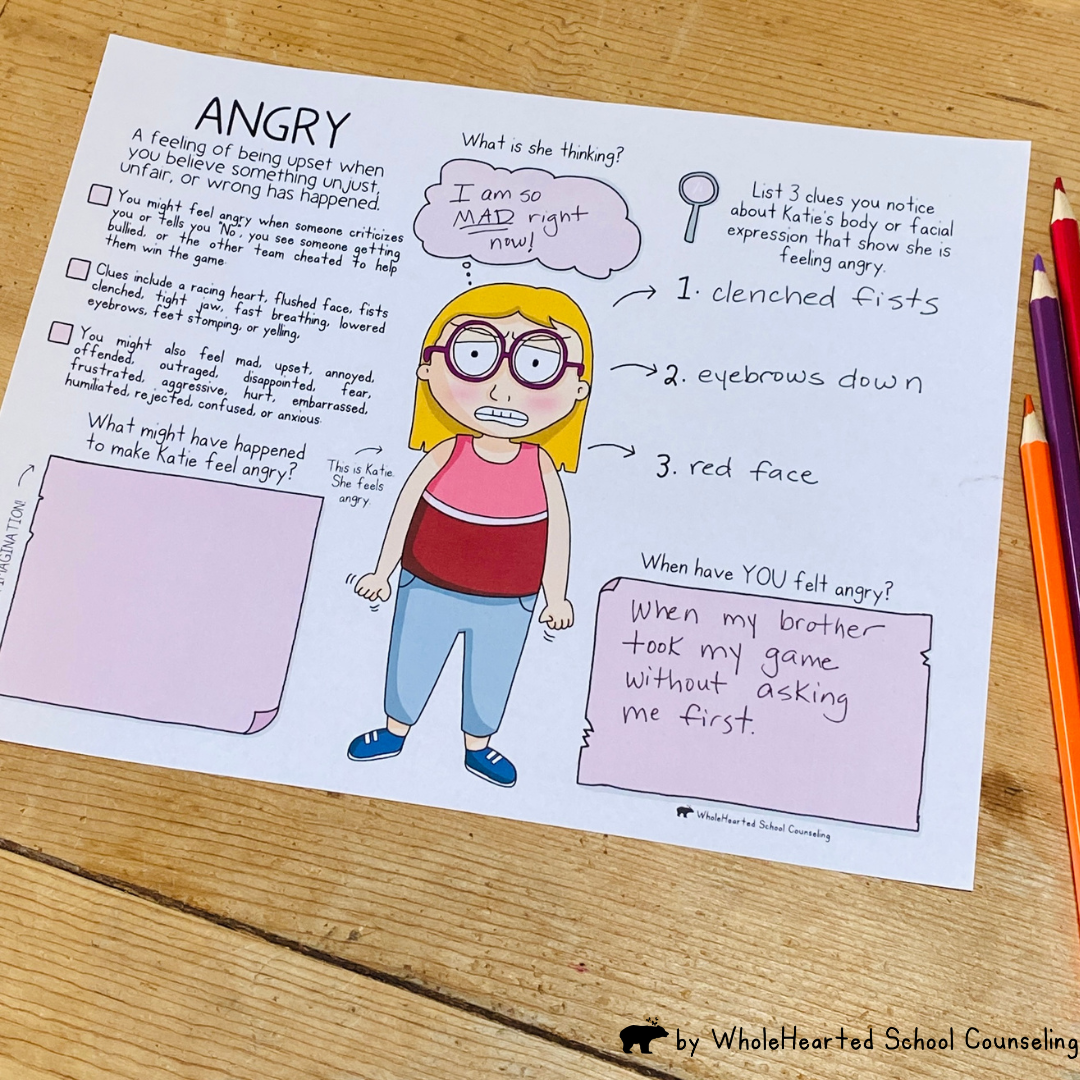
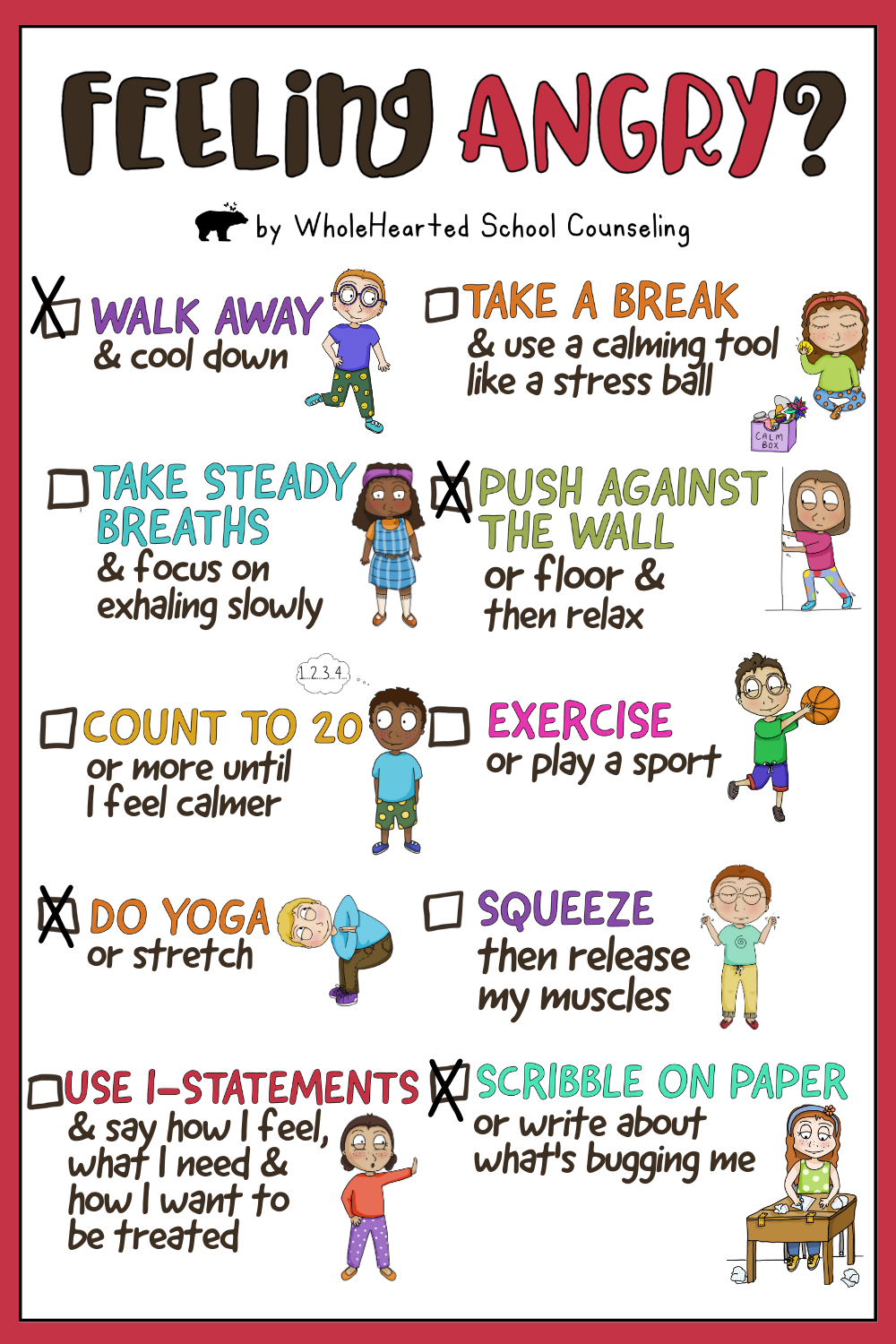
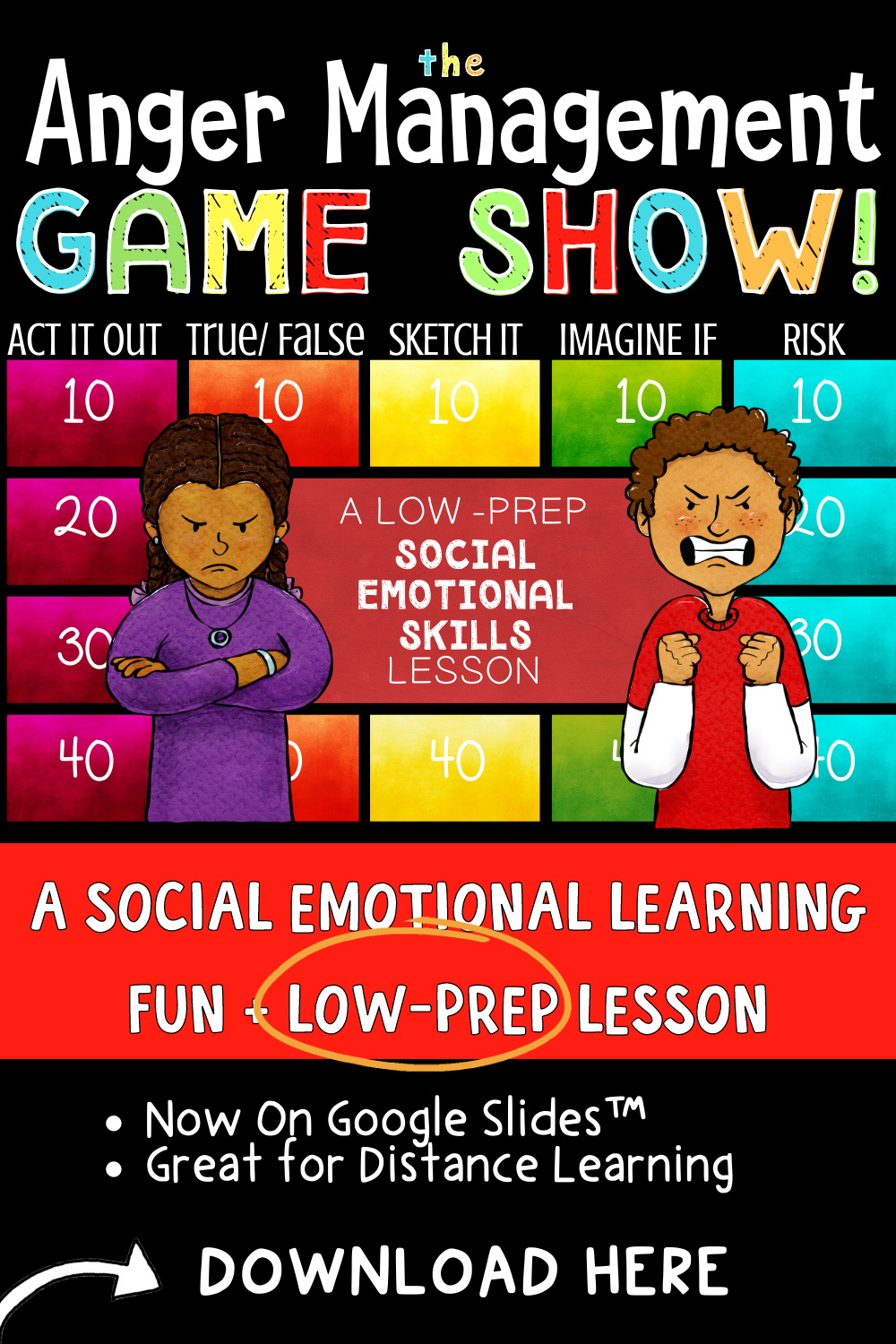
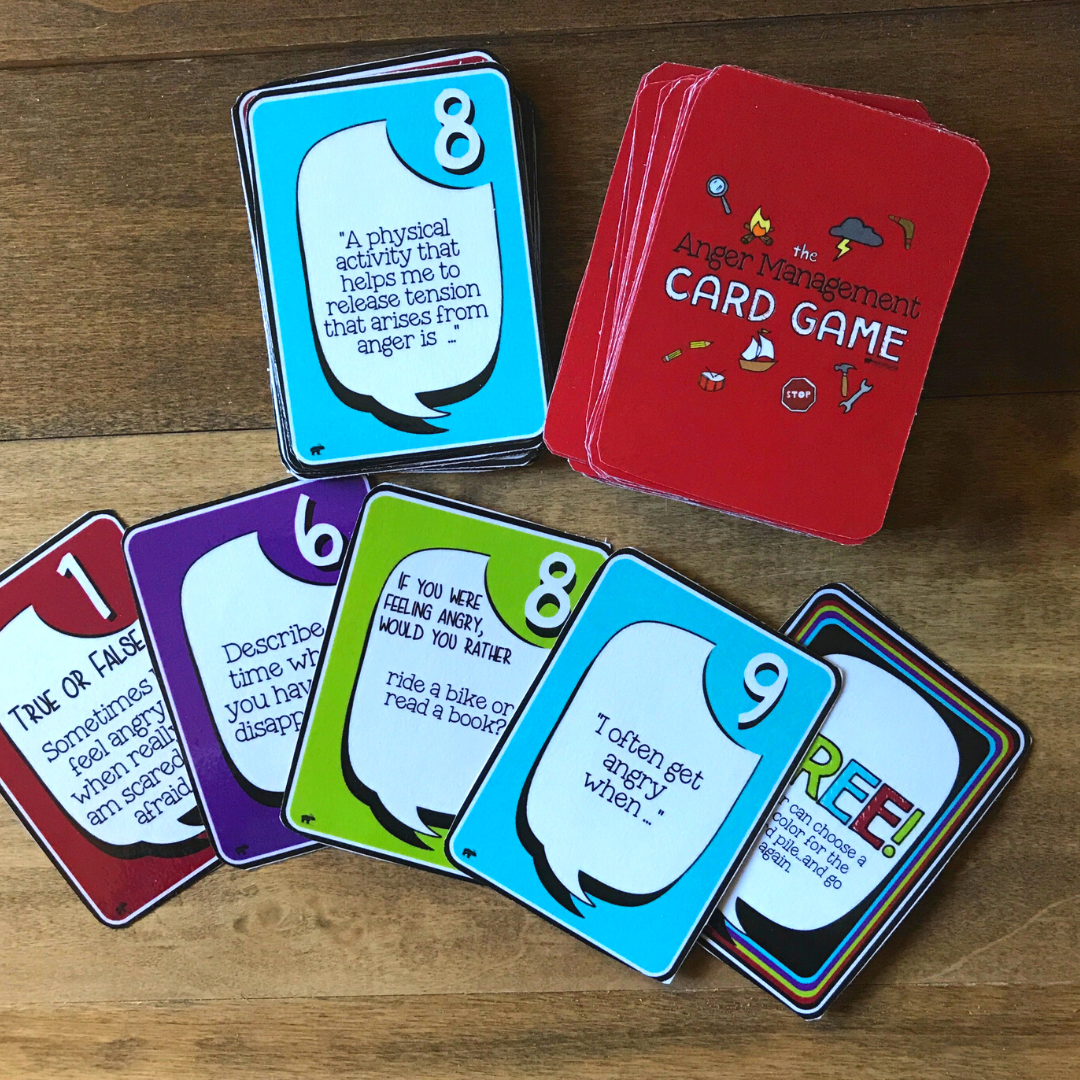
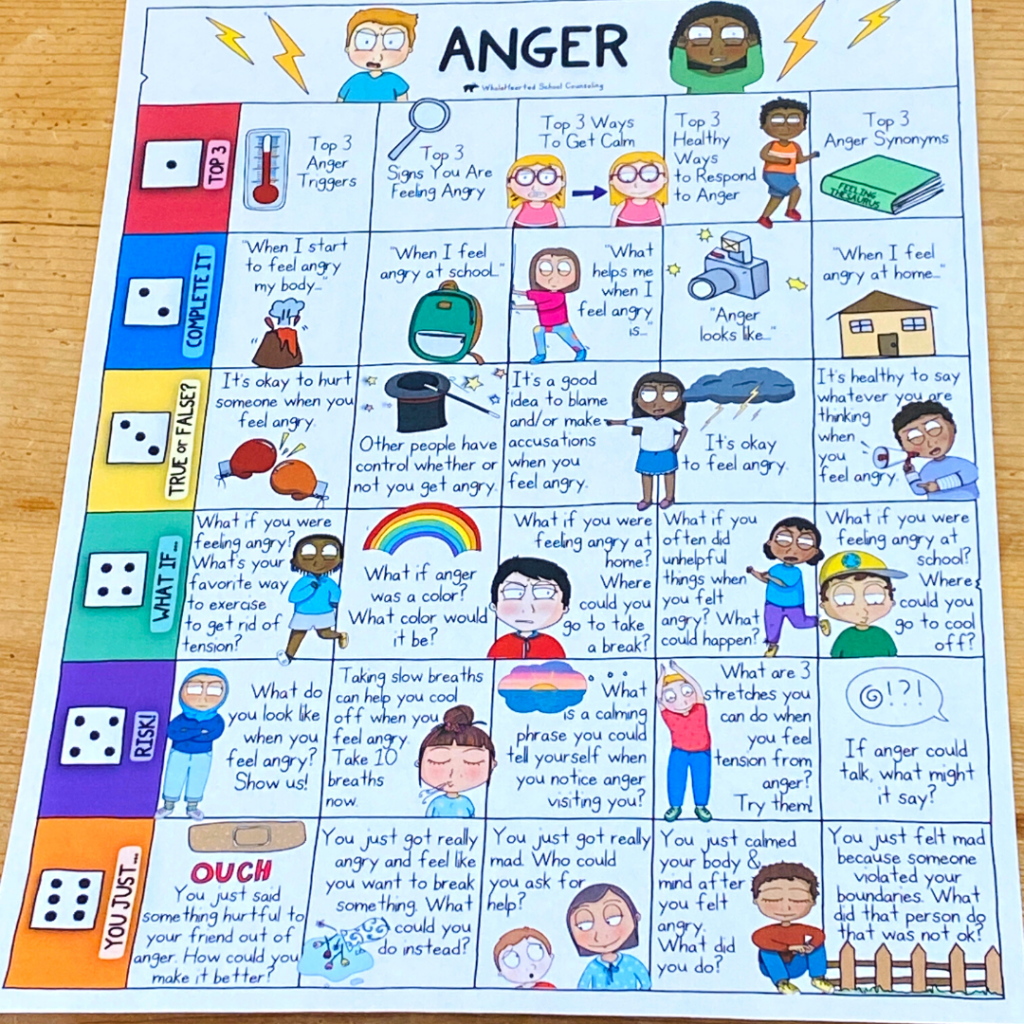
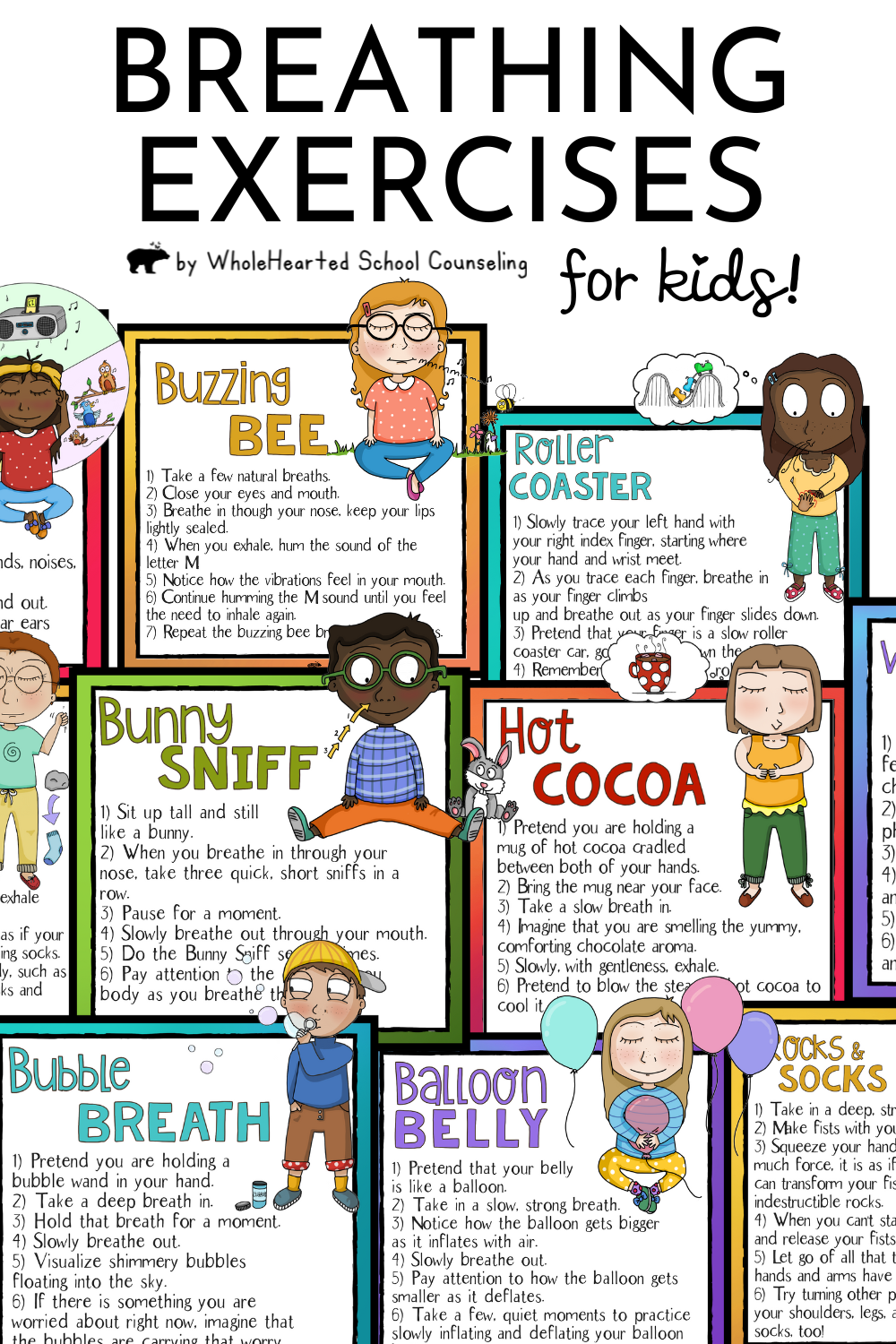
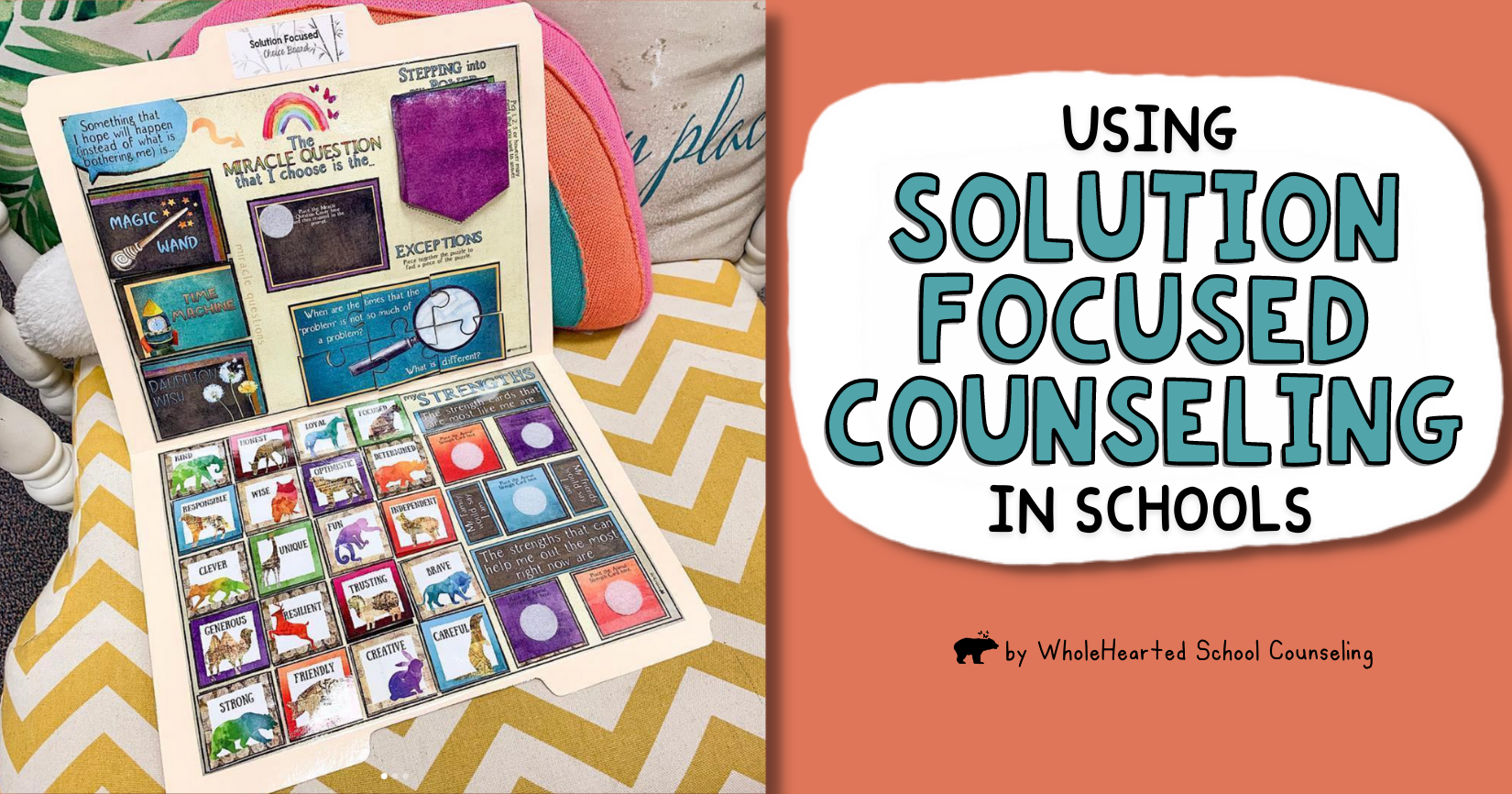
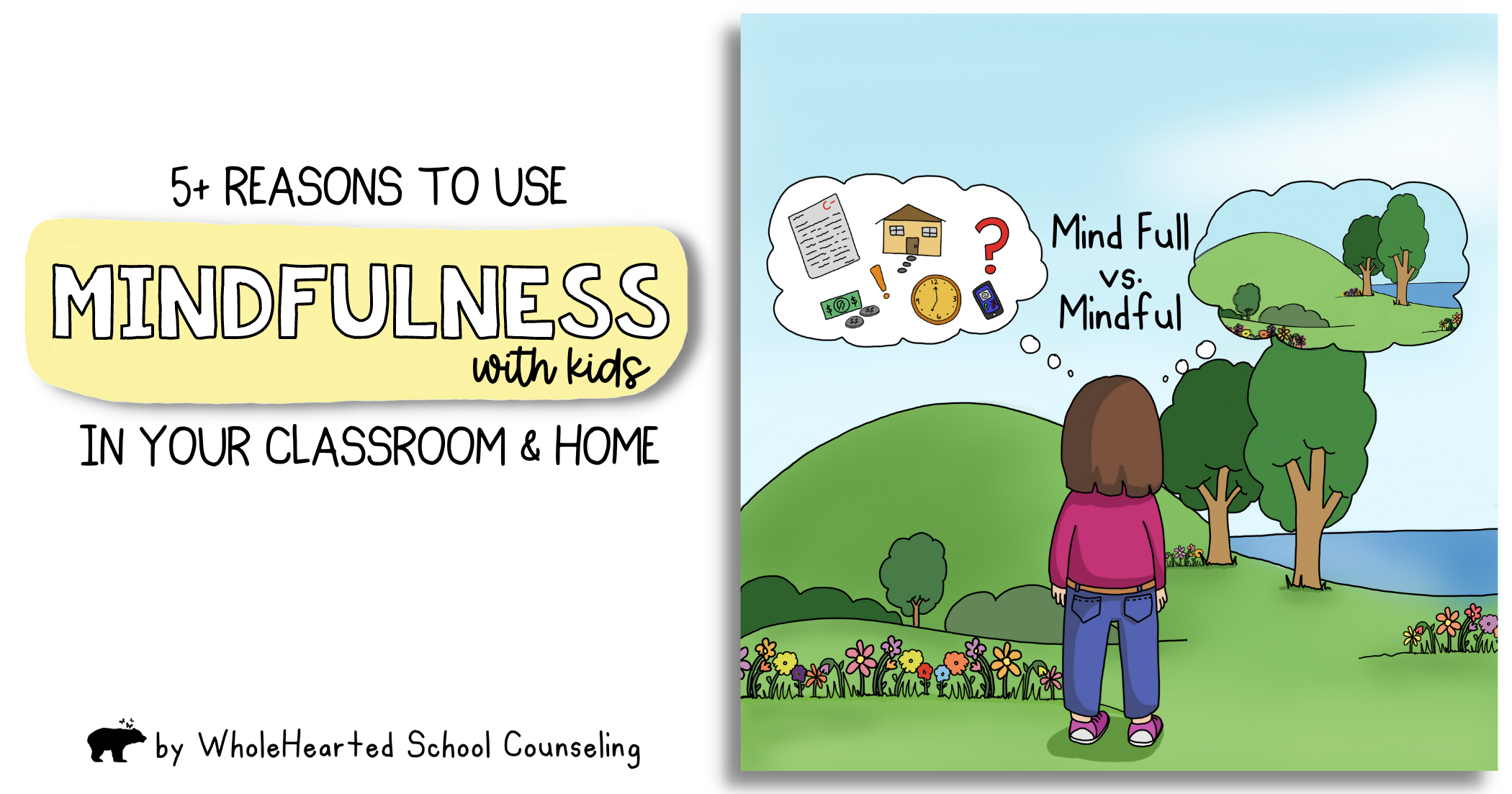
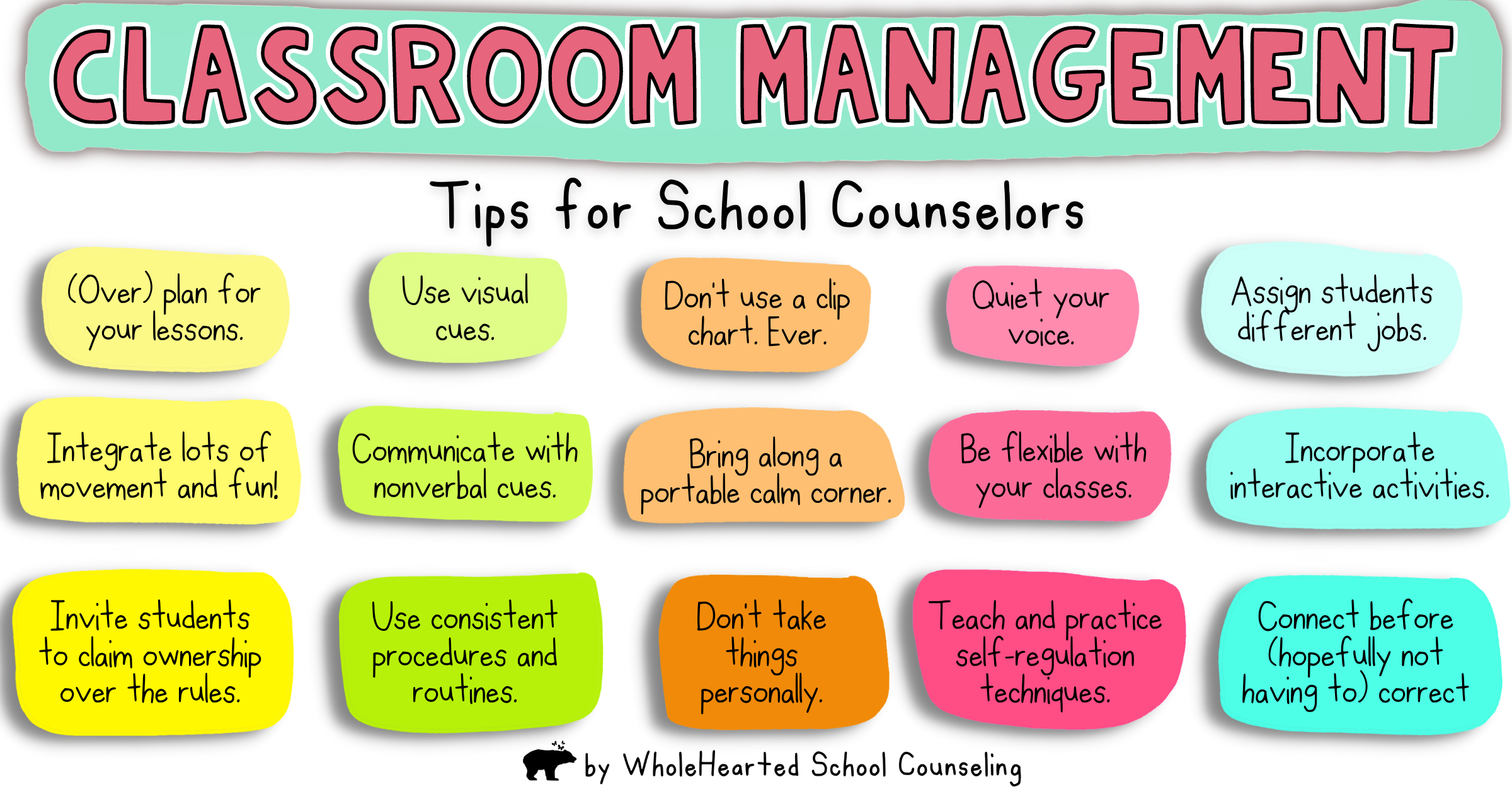



4 Comments
very supportive
Thank you!!
this is really helpful thanks
So glad you found this article helpful!!